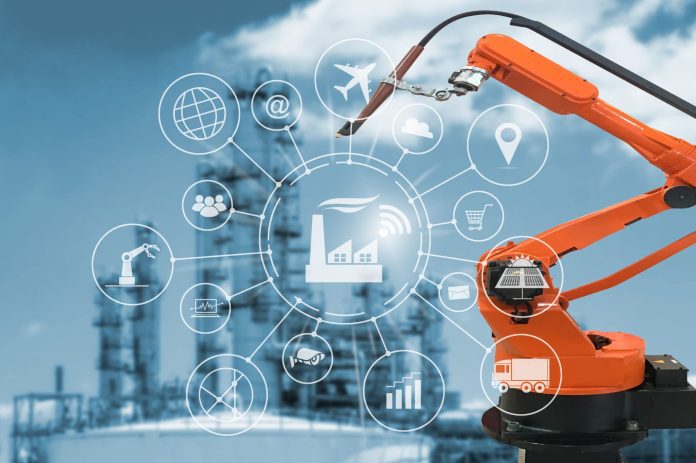We live in a world of continuous digital transformation. One technology obsoletes another, and the pattern repeats itself. For example, the invention of email has displaced the fax technology. Today we see another digital transformation caused by the industrial Internet-of-Things (IIoT) — the convergence of Operational Technology (OT) and Information Technology (IT). OT is a relatively new term. It means the integration of technology to make information available in real time, and it will transform how manufacturing operation is done.
There have always been interactions between IT and operation. However, OT offers the possibility of increased productivity in many aspects of manufacturing, and it is not limited to just production. Other operations such as those involved in logistics, oil and gas drilling, cities, buildings, utilities and smart grids can also benefit from OT/IT convergence. Simply put, most operational tasks can now be measured, and data can be captured and processed real time. Decision-makers can access the information anytime or receive alerts if they need to take action.
How does the convergence work?
Traditionally, data from the production shop floor is collected and fed into, often manually by data entry staff, an enterprise resource planning (ERP) system. This allows decision-makers to see how the operation behaves and take corrective actions if necessary. ERP systems are made up of software and hardware. Machines and tools, on the other hands, operate independently from the ERP. With the OT/IT convergence, data can be collected directly from sensors embedded in machines or other tools and processed automatically. This requires the following components to be integrated so that they can communicate with each other both locally and over the cloud.
- Software
- Hardware
- Machines
- Connected hand tools
- Embedded technologies including fog/edge computing and sensors
How is Industrial 4.0 impacting the world of manufacturing?
One of the major forces behind the OT/IT convergence to create smart factories is the Industrial 4.0 standard. The 2015 European Union paper claimed that Industrial 4.0 would potentially increase production growth by 20%, an ambitious goal. German Chancellor Angela Merkel stated that Industrial 4.0 would be “the comprehensive transformation of the whole sphere of industrial production through the merging of digital technology and the Internet with conventional industry.”
Subscribe now to get the daily newsletter from RCR Wireless News
Today, one of the most feared phrases on a production floor is “line down.” When a machine breaks down, the whole assembly line has to idle. In a smart city, when a machine is about to break down, an embedded sensor would issue a warning so that proactive maintenance can be scheduled to avoid the shutdown. Typically, a sensor will monitor the temperature profile of a machine or a motor. When the temperature reading exceeds the normal profile, it will trigger a warning.
The factory of the future
The OT/IT convergence can be viewed as an integration of the enterprise and embedded networks. OT and IT companies are waking up to the fact that the only way to get ahead of the game is to partner together to offer the integrated solutions. Traditional factories will need to prepare for the future.
In the factory of the future, value streams are fully digitized. All hardware modules and functions are represented digitally in real time. Sophisticated software solutions collect, transfer and process data from manufacturing and logistics to analyze. This stimulates and improves all processes across the value stream, from procurement to production, right through to the end customer. The ultimate goal is to increase transparency, productivity, and efficiency.
The most valuable asset in the future factory is data. All systems, including hardware, software, machines, and equipment, will be represented by digital data. Productivity, cost/profit, quality, and efficiency will all be measured and analyzed in real time. Those who master this transformation will be the leaders in their industry

